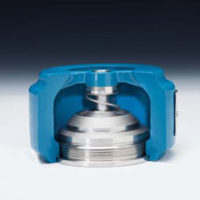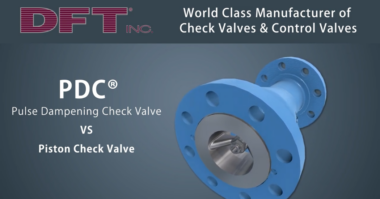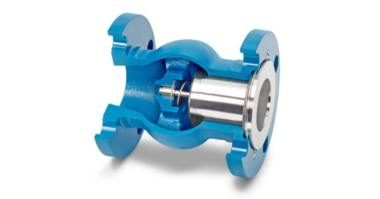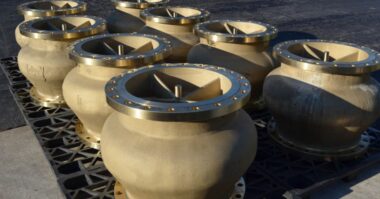Important cleaning, maintenance, component and system maintenance takes place during scheduled “outages” – which are periods of time plants designate in order to meet their short- and long-term goals. Every year, manufacturers and process facilities across the country shut down their plants for a period of one to three weeks, usually sometime between July and September.
Careful planning and in-depth communication are essential for a successful shutdown. There is much to accomplish – everything from cleaning, evaluating, testing, maintenance, repair, and replacement – so it’s important that the entire team is clear on processes and goals. Having a detailed plan for your plant outage maintenance period is just as important as it will help in prioritizing and assigning tasks.
Valve and System Inspection
DFT® Inc. recently visiting a client’s facilities in preparation for the company’s annual shutdown. The client had recently installed a new WLC® Check Valve on a raw water intake. As part of DFT’s commitment to supporting customers after initial valve delivery and installation, DFT maintains a wide network of valve experts in various regions across the country – so they were happy to assist this client.
During the pre-shutdown visit, DFT’s expert inspected the client’s raw water intake WLC® valve and learned that its installation completely solved the client’s water hammer issue. The WLC valve had replaced a swing check valve that had been causing problems for almost two years prior.
RELATED: What is Water Hammer?
Though the water hammer issue had been solved and the client had no other problems to report, DFT’s expert requested to inspect other systems and their valves in other parts of their facility. During this ‘impromptu’ extended inspection, DFT’s valve expert noticed something important.

In a methane gas system with low flow by design, a potential issue was discovered: an 8-inch, 150-pound swing check valve was being used – which was problematic considering the low-flow nature of the system. An 8-inch valve was much too large, and if left as is, it would eventually cause problems.
DFT’s expert recommended a fix — in this case, a 4-inch Excalibur® Check Valve. The client ordered the recommended valve and scheduled installation into their next shutdown – preventing the risk of unnecessary downtime and expenditures.




